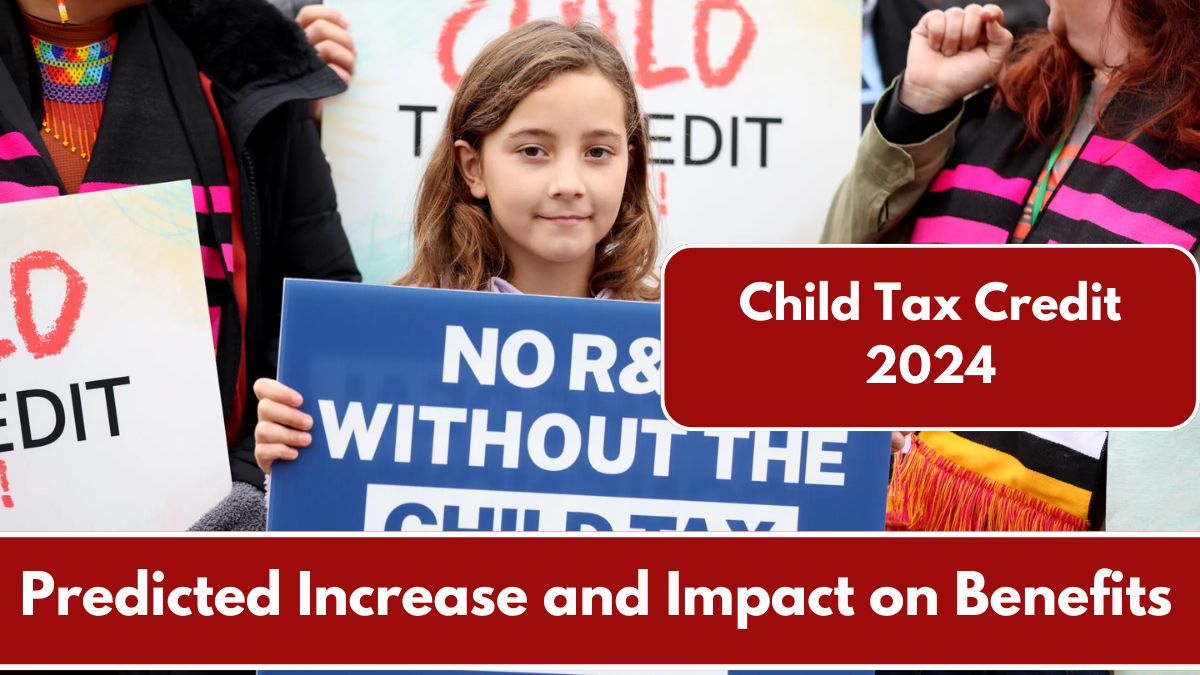Introduction:
The Retirement Savings Credit, often referred to as the Saver’s Credit, is a valuable tax credit that helps low- and moderate-income workers save for retirement. This credit can reduce your federal income tax, making it easier to set aside money for the future. As the rules for the credit are updated for 2024, it’s essential to understand the eligibility criteria and the steps to apply.
What is the Retirement Savings Credit?
The Retirement Savings Credit is a non-refundable tax credit available to eligible taxpayers who contribute to retirement accounts such as a 401(k), IRA, or other qualifying plans. The credit reduces the amount of federal income tax owed, providing an incentive to save for retirement.
Eligibility Criteria for 2024

To qualify for the Retirement Savings Credit in 2024, you must meet the following requirements:
- Age: You must be at least 18 years old.
- Income Limits: Your adjusted gross income (AGI) must fall within specific thresholds, which vary by filing status.
- Dependency Status: You cannot be claimed as a dependent on someone else’s tax return.
- Student Status: You must not be a full-time student during the tax year.
Table: Income Limits for 2024 Retirement Savings Credit
| Filing Status | Income Limit for 50% Credit | Income Limit for 20% Credit | Income Limit for 10% Credit | No Credit if AGI Exceeds |
|---|---|---|---|---|
| Single | $21,750 | $23,500 | $36,500 | $36,500 |
| Head of Household | $32,625 | $35,250 | $54,750 | $54,750 |
| Married Filing Jointly | $43,500 | $47,000 | $73,000 | $73,000 |
How Much Can You Claim?
The amount of credit you can claim is a percentage of your contributions to retirement accounts, with a maximum credit of $1,000 ($2,000 for married couples). The percentage you can claim depends on your income and filing status, as shown in the table above.
How to Apply for the Retirement Savings Credit

- Contribute to a Qualifying Retirement Account: Ensure you contribute to an eligible retirement plan such as a 401(k), IRA, or similar account.
- Complete IRS Form 8880: Use this form to calculate your credit. The form requires details about your contributions and AGI.
- Submit Your Tax Return: Include the completed Form 8880 with your tax return.
Important Deadlines and Considerations
- Contribution Deadline: You must make your contributions by the tax filing deadline, typically April 15th, to qualify for the credit for the previous year.
- File Early: Filing early can ensure you receive your credit sooner.
- Review Your AGI: Ensure your income does not exceed the limits for your filing status.
Conclusion:
The Retirement Savings Credit for 2024 presents a valuable opportunity for individuals with lower to moderate incomes to enhance their retirement savings while reducing their tax burden. By understanding the eligibility requirements and following the steps to apply, you can effectively leverage this credit to support your financial future. Remember to stay informed about income limits and filing deadlines to maximize the benefits. By making informed decisions and timely contributions to your retirement accounts, you can take full advantage of this credit and build a more secure retirement.
FAQ’s:
Q1. Can I claim the Retirement Savings Credit if I am self-employed?
Yes, as long as you contribute to a qualifying retirement plan like a SEP IRA or Solo 401(k) and meet the other eligibility criteria.
Q2. What happens if I withdraw my retirement contributions early?
If you withdraw contributions that were used to calculate the credit before a certain period, you may have to repay the credit.
Q3. Can I claim the credit if my spouse also contributes to a retirement account?
Yes, if you are filing jointly, both spouses’ contributions can be considered, and the income limits will apply to your combined AGI.
Q4. Is the credit refundable?
No, the Retirement Savings Credit is non-refundable, meaning it can reduce your tax bill to zero but will not result in a refund.
Q5. How do I know if my retirement plan is eligible?
Qualifying plans typically include 401(k)s, 403(b)s, IRAs, and similar employer-sponsored plans. Consult your plan administrator or a tax professional if unsure.






















